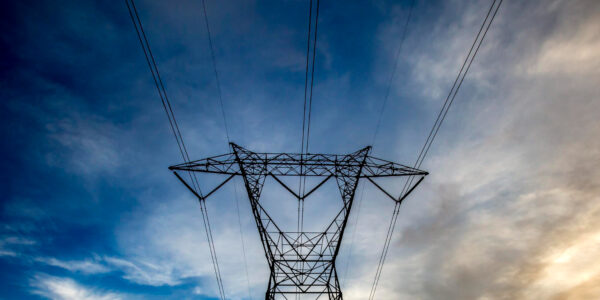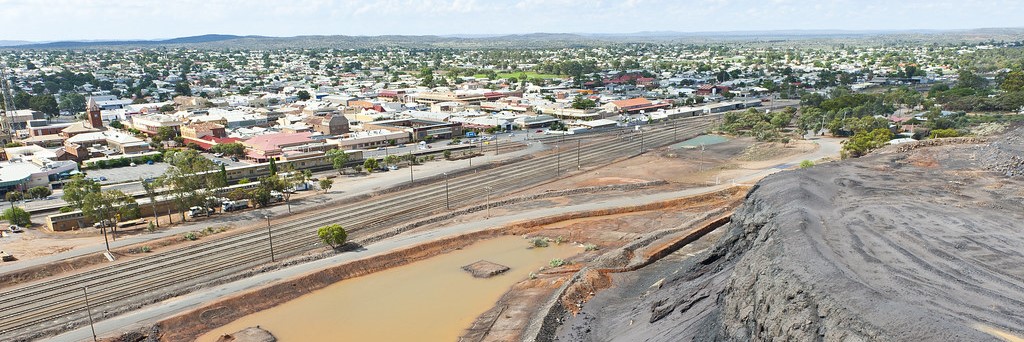Picture: flickr
The NSW Government says the region is relying on a large back-up generator as transmission network operator Transgrid builds temporary towers, which is expected to take weeks.
The back-up generator cannot meet demand at all times of the day, especially during from 5:30pm-10:30pm (Central Daylight time), it adds.
Power supplies may be rotated between areas for two hours at a time with priority given to life support loads such as Broken Hill Base Hospital.
Affected areas incudes Broken Hill, Tibooburra, Wilcannia, Menindee, White Cliffs and surrounding towns, the government says.
A NSW Rural Fire Service B-double truck was sent from Sydney loaded with generators, fuel pods, cool rooms, lighting towers and satellite connections.
The government says the storm last Thursday (October 17) knocked out power to 10,000 homes and businesses when the towers were damaged.
The back-up generator restored power to about 9000 homes and businesses but an estimated 1400 customers around Wilcannia, Menindee and White Cliffs are still without power.
NSW Police said an Emergency Operations Centre (EOC) will ensure on-going services are provided until the temporary towers are built.
A police statement said that by 6.30pm on Friday (October 19), power was restored to the network after the 66kV lines between Mt Gipps and Sunset Strip were brought back online.
Many smaller generators were installed at sites like schools and TAFEs while emergency generators were given to individuals with known issues or risks (for example septic systems).
Larger generators were sent Pinnacle Point substation to provide back-up power for Tibooburra, Menindee, White Cliffs and Wilcannia should the gas turbine generator fail.
This will be online late tomorrow (Tuesday, October 22), police said.

SCHEDULED OUTAGES
Region Operations Controller (REOCON), Assistant Commissioner Andrew Holland, said there are two areas local people need to be aware: one was to reduce power usage during peak hours.
“At some times, load shedding will result in intermittent power supply outages due to the need to reduce the load on generators, as power needs to be shared across the locations.
“This may occur at peak times and the Department of Climate Change, Energy, the Environment and Water has tips online,” he said.
REOCON Holland said people in the impacted communities also need to be aware and prepare for the fact that generators will be switched off for several hours roughly every three days for essential maintenance.
The first session was held on Sunday night; the second is scheduled from 11pm on Wednesday (October 23) to 5am, Thursday (October 24).
“People in impacted communities should plan ahead as they will be without power during those hours,” he says.
“It is essential that people have their mobile phones fully charged BEFORE the power goes off. We would also recommend people have battery-powered torches, drinking water stored, and a battery-powered radio, and that these, too, are charged before the scheduled outage.”
For the latest updates from Essential Energy, visit: https://www.essentialenergy.com.au/outages-and-faults/power-outages
Customers, including Life Support customers, can contact Essential Energy on its outage line on 13 20 80 for support.
For more information on ways to reduce energy during peak demand, visit https://www.energy.nsw.gov.au/households/guides-and-helpful-advice-households/electricity-supply-disruptions






